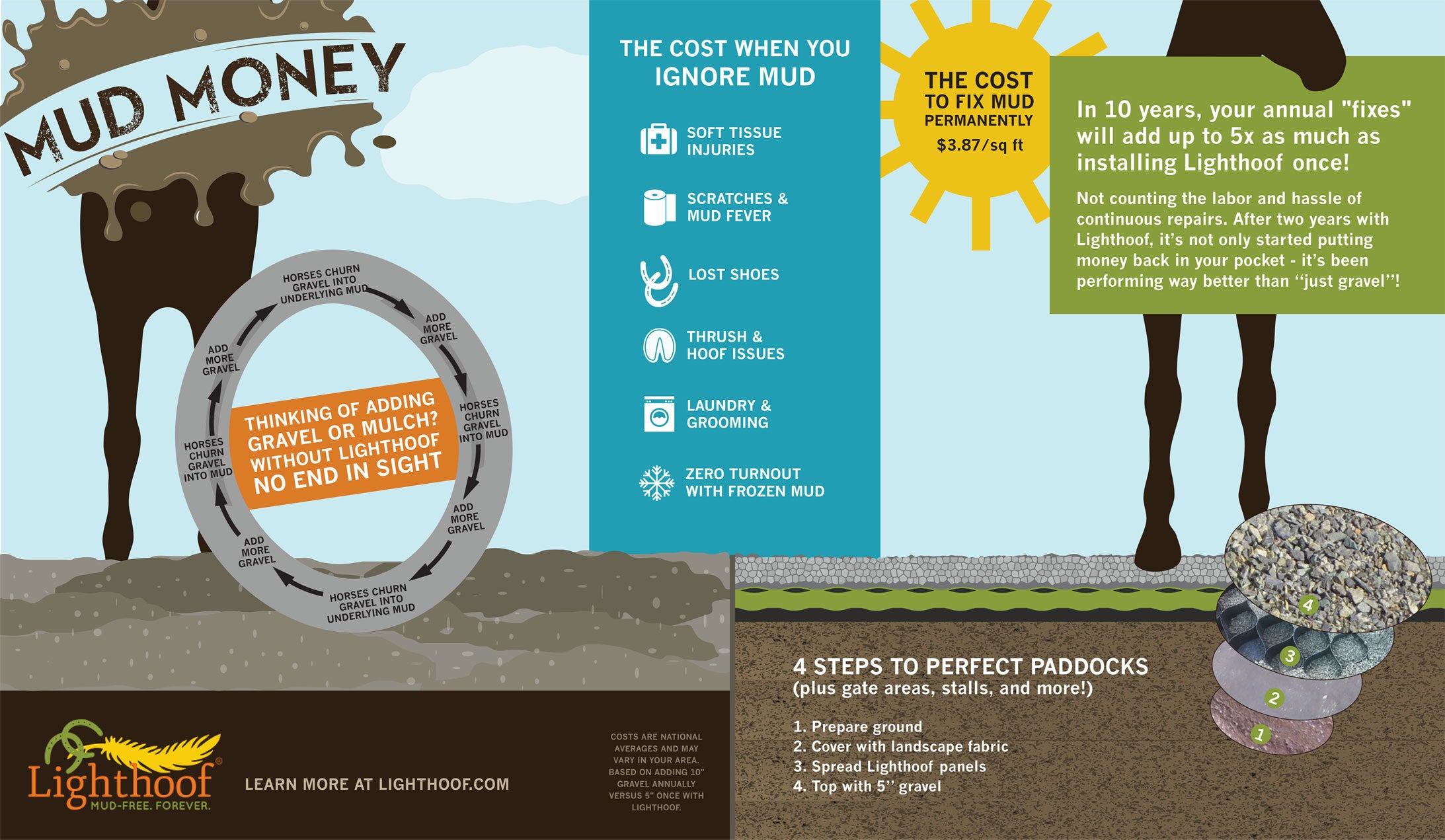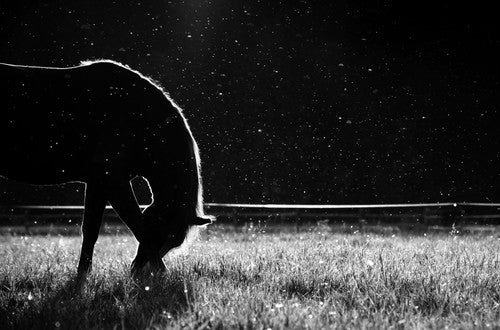As equestrians, we spend most of our time making sure our four-legged beasts have all the comforts and amenities we can possibly provide. Their health and wellbeing are our top priorities; usually even over our own. While we do our best to mitigate the effects of unplanned events, we still do everything in our power to control what we can control. In that sense, our tireless efforts to create the perfect living conditions for optimal horse health means a never ending search for knowledge and efficiency. Barn safety and healthy horses are, after all, the desired status quo, right? Let us help you make your barn or stable an even healthier place with some how-to’s to benefit your horses and livestock when they’re indoors.
Barn Safety and Healthy Horses are the Ultimate Goal -
Taking into consideration all the things our animals can get into, they’re constantly keeping us on our toes! If you’re looking to build a barn from the bottom up, or just looking to improve the living conditions for your horses or other livestock by renovating your existing structure, we’ve got some key things to improve your horse’s lodgings this spring. Either way, barn safety and horse health go hand in hand, so doing a once over in your stable every year ensures your critters are safe, comfy and your facility is the perfect home.
- Ventilation - Not only will your horses benefit from great ventilation, but so will you. A good flow of clean, fresh air will reduce moisture in your barn, as well as keeping things a bit cooler when things warm up. Not to mention airborne pathogens, bacteria, polluting gases like carbon dioxide and ammonia start to become a health issue for all living creatures. Windows, vents, cupolas, drop panels and big open doors are key to keeping that air flow constant. Good ventilation is key to great horse care for horses stabled indoors.

Big open doors, tall ceiling for fumes and air circulation and skylights keep this barn fresh and well lit all year round. Alt Tag: Good ventilation for good living conditions for healthy horses.
- Temperatures and lighting - While we consider plenty of fresh, clean air to keep our horses healthy, a barn that overheats in the summer or gets too cold in the winter possesses it’s own set of health issues. Metal siding conducts heat, so if your barn is lacking in plenty of windows or other means to get cross drafts going when the temperatures rise outside you might want to consider your options. Ceiling fans, roll out barn aisle fans, or even appropriately placed box fans can get air circulation going and drop your temps when the heat is pushing the limits. In winter, as long as your barn is well insulated from the wind and elements, your horses will do just fine; remember, just because you’re cold doesn’t mean your horses are. Consistent temperatures are also important, as frequent and drastic fluctuations in temperatures pose health risks to your animals. Lots of natural light is best, but if you don’t have that option, artificial lighting works, too. Your animals hormone cycles are directly tied to light duration, so make sure they aren’t standing in the dark when they should have plenty of light to see and live by!

Good lighting is important for optimal horse health. Alt Tag: Good circulation, ventilation, and bright natural or artificial light will allow you to provide the very best horse care possible.
- Bedding, feed and living surfaces - It’s important to keep the dust, mold and other particles down in your barn as much as possible. After all, it is a barn, but dirt floors and keeping your hay and feed inside your barn leads to an excess in particles in the air. This can cause respiratory issues for both you and your animals. It’s best to keep your hay storage unattached from your barn (both from a barn safety and health standpoint). Cement or rubber aisles are ideal, with mats in your stalls to keep horses from churning up dirt in their stalls. If laying cement in your stalls isn’t an option, a great alternative is installing Lighthoof panels as your stall base. Firmly packed gravel inside Lighthoof’s flexible interconnected cells gives your horses a firm base to stand on, with the option of laying mats on top or just adding your bedding. It’ll help keep your horses from digging up and churning more dust into the air, too.

Dry, level surfaces, concrete or rubber aisles and appropriate bedding help keep the dust and air particles down in your barn. Alt Tag: Keeping dust down contributes to barn safety and healthy horses
- Fixtures and design - Sometimes we don’t consider the bolts, hangers, latches and other things we hang around our barn as posing a safety risk. High windows, stall door openings and appropriately sized gaps and entry ways keep horses from getting legs or other body parts stuck in an attempt to explore. Make sure your stalls are large enough for laying down and getting back up; slat spacing and latch placement is key. Don’t hang tack hooks or bucket hooks somewhere they’ll get hung up on, and make sure there’s nothing within reach they can hurt themselves with.
The list really could go on, but these are some basic considerations to keep in mind when creating the ideal living conditions for your horses kept indoors. And if you don’t yet have your dream barn built? They’re great points to have on hand when you break ground on your new structure!




Leave a comment
This site is protected by hCaptcha and the hCaptcha Privacy Policy and Terms of Service apply.